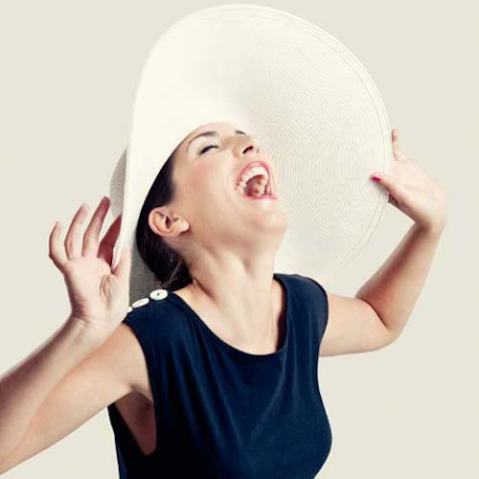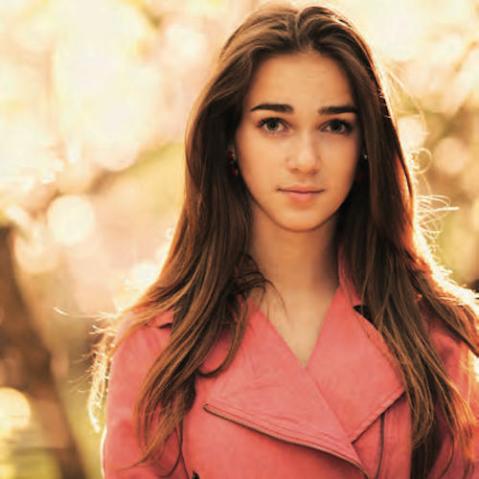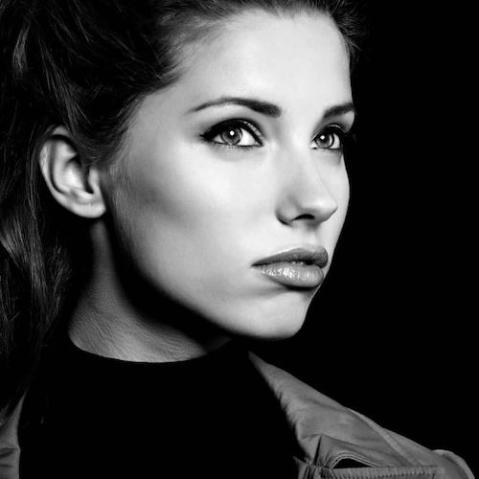Controlling the intensity of light from a flash
Intensity is the measure of how bright light is. In photographic terms, we usually think of this in terms of EVs, or more usually, the ƒ-stop or aperture it requires for the scene to be recorded accurately at a given ISO or shutter speed.
 The noon sun put the side of the car nearest the camera into deep shadow. Powerful flashes were used to reduce the contrast and light up the side of the car and its wheels.
The noon sun put the side of the car nearest the camera into deep shadow. Powerful flashes were used to reduce the contrast and light up the side of the car and its wheels.
Phase One 645DF; 55mm focal length; ISO 100; 1/250 sec at ƒ/6.3.
Judging exposure
For many years—certainly before the advent of digital photography with its instant feedback—the intensity of light was a crucially important factor. Photographers would spend a long time metering the light with handheld meters, or using their experience of their own camera and its TTL metering system, plus the sensitivity of the film emulsion they were using, to make a judgment on what camera settings to use. Then they had to wait for the film to be processed to see if they had judged it accurately.
If you add using flash into the equation, it gets even more tricky. Flash meters for the advanced or well-off photographer, and guide numbers and basic mathematics for the amateur, were the order of the day. Nowadays, it’s much easier with more advanced cameras, and of course, you can view each picture on the LCD screen immediately after taking it.
Controlling exposure
To get the ‘correct’ exposure, we can alter three main parameters on our cameras. The first is ISO—the sensitivity of the sensor. If light is low, you can increase the ISO. Of course, the best image quality is at the lowest or base ISO, so increase ISO at your peril if you’re looking for the finest quality results.
The second parameter is shutter speed. Adjusting this can introduce camera shake or motion blur if you go too low and either the camera or the subject moves. On the other hand, high shutter speeds can freeze motion unnaturally.
The final thing that can be changed is the lens aperture, or ƒ-stop, which alters the depth of field. A narrow aperture—a larger ƒ-stop number like ƒ/22—means more of the photo is sharp from front to back. A wide aperture—like ƒ/2.8—gives a shallower depth of field.
Introducing flash
Bringing flash into the equation adds another parameter. There are two ways to change the intensity of the flash: the first is by changing its power output, whether manually or by using the camera’s built-in control system and exposure compensation, or by simply moving the flash farther away, which affects how brightly it will light the subject. Of course, if the camera is controlling the flash, and you move it farther away, then it automatically adjusts and increases the power until it reaches its limit.
 At dusk on a summer’s evening, a small flashgun has ample power to light up a scene, even when fired through a soft box.
At dusk on a summer’s evening, a small flashgun has ample power to light up a scene, even when fired through a soft box.
Nikon D3S; 24mm focal length; ISO 400; 1/200 sec at ƒ/6.3.
You may run into problems when trying to mix flash with ambient light. If you’re working with low light levels, then most flashguns are powerful enough to act as a main light, even when their power is sapped by shooting through a softbox.
Bright days in full sunshine can be problematic. One solution is to move the subject into the shade, but sometimes this isn’t possible. In that case, your little flash has to match, or overpower, the light from the sun, which is a tall order—especially if you’re trying to make the light soft by using a modifier like an umbrella.
You either need extra power—from several flashes working together—or bigger, more powerful flash units. It’s the intensity of the light at a given distance that you are trying to alter: you can’t magically adjust the intensity of the ambient light from the sun.
The Flash Photography Field Guide is Adam Duckworth’s indispensable guide to getting the best out of your artificial light sources, whether you shoot with a simple light on your camera, a remotely-triggered unit, or a complete studio setup. Duckworth offers expert guidance on lights, supports, adapters, triggering, placement, and techniques, plus with comprehensive case studies, lighting diagrams and information on setups that will help you to achieve professional quality results using flash.
 The Flash Photography Field Guide
The Flash Photography Field Guide
Adam Duckworth
Buy it now!
RRP for print edition: £8.99



